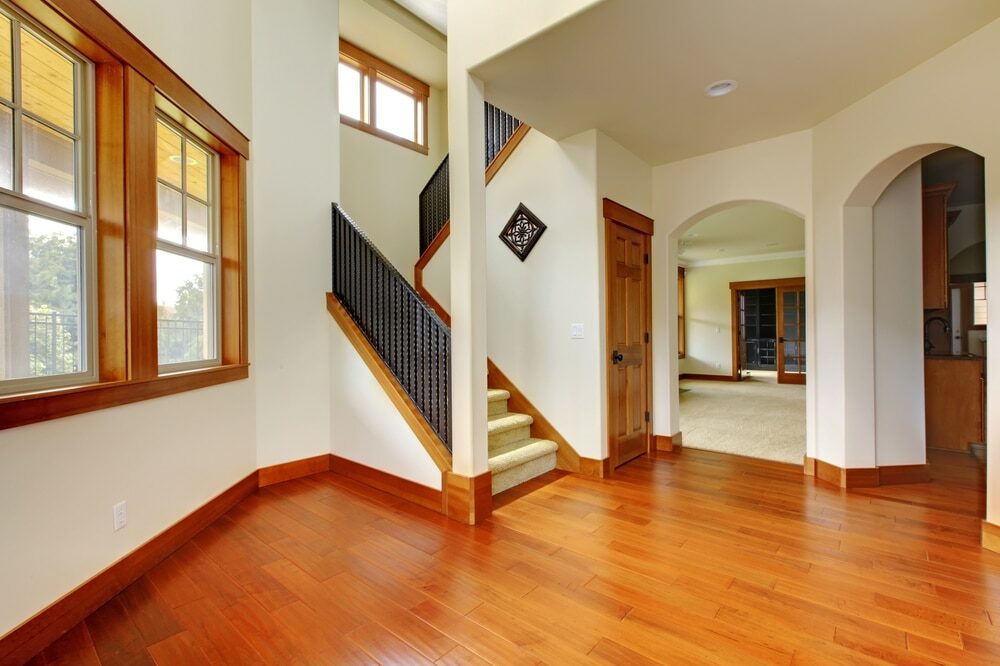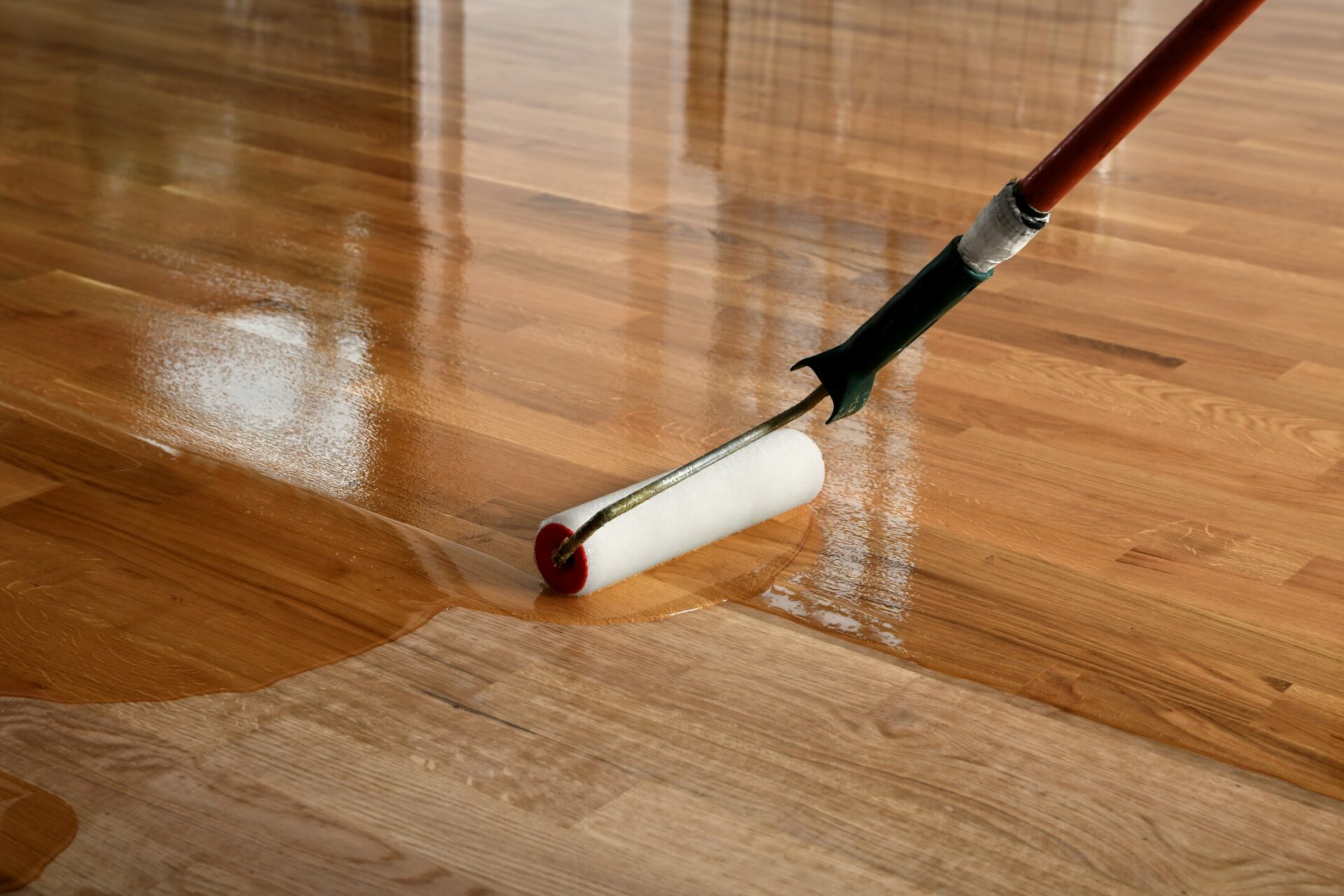London:
Nationwide:
The Ultimate Guide to Sanding Hardwood Floors Successfully
Posted on June 15, 2023
Floor Sanding and Finishing News
Comprehensive Guide to Successfully Sanding Hardwood Floors
Whether you’re refreshing an old hardwood floor or preparing a new installation for staining, the process of sanding is a crucial step. This guide aims to walk you through the process of successfully sanding hardwood floors and will provide you with the necessary information, tools, and techniques you need to confidently tackle your next DIY flooring project.Understanding the Importance of Sanding Hardwood Floors
Sanding is a crucial step in any floor restoration process. It helps remove the old finish, flattens the wood surface, and opens the wood’s pores to accept stain more uniformly. A well-sanded floor contributes significantly to the final appearance and feel of the hardwood.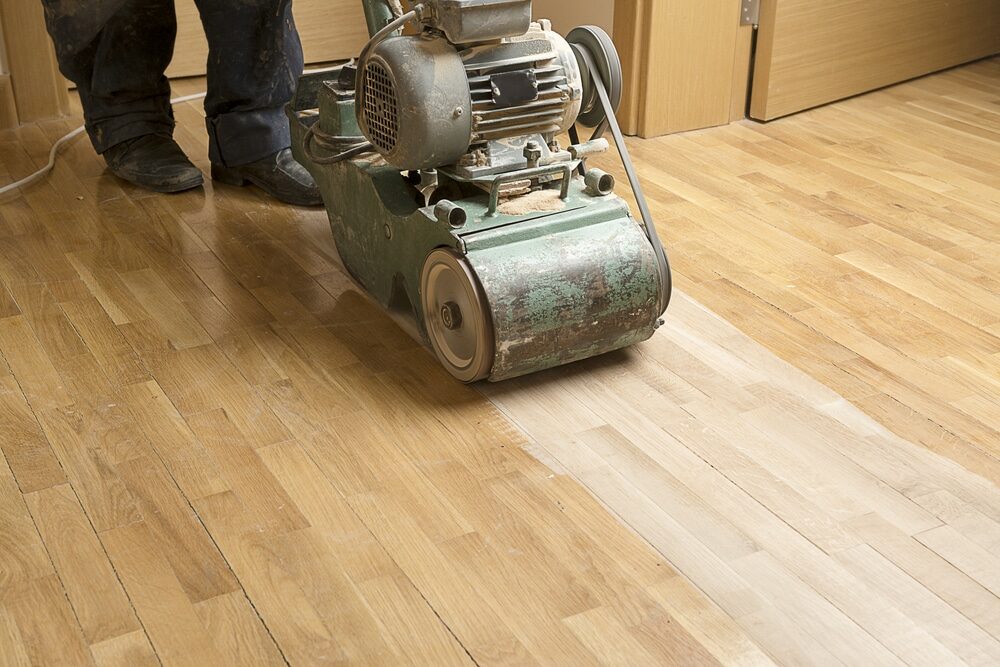
Tools and materials for sanding hardwood floors
Floor Sanders
These are specialised tools used to sand large surface areas. Two types are typically employed:- Drum Sanders: A heavy-duty tool for rapid removal of wood Ideal for the initial stages of the sanding process.
- Edging Sanders: A smaller tool designed to reach corners and edges that the drum sander can’t access.

Hand Sanders
These come in handy for reaching very tight corners and spots where the floor edge sander cannot reach.Sandpaper
Sandpaper is available in various grit sizes. For hardwood floor sanding, you’ll generally need three grit sizes: coarse (36 grit), medium (60 grit), and fine (100 grit).Other essential tools and materials
- Dust masks, ear protection, and safety goggles for personal safety
- A vacuum cleaner for cleanup
- Plastic sheeting and painter’s tape for dust containment
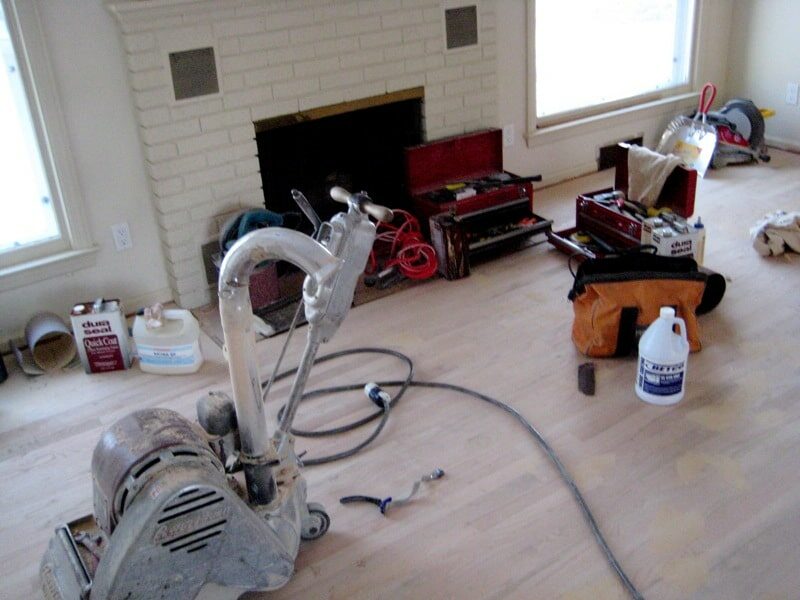
Steps to Successfully Sanding Hardwood Floors
Step 1: Prepare the area
Preparation involves removing all furniture, rugs, and other items from the room. Cover all doorways and vents with plastic sheeting to contain the dust. Inspect the floor for any protruding nails, staples, or tacks, and make sure to remove or hammer them down.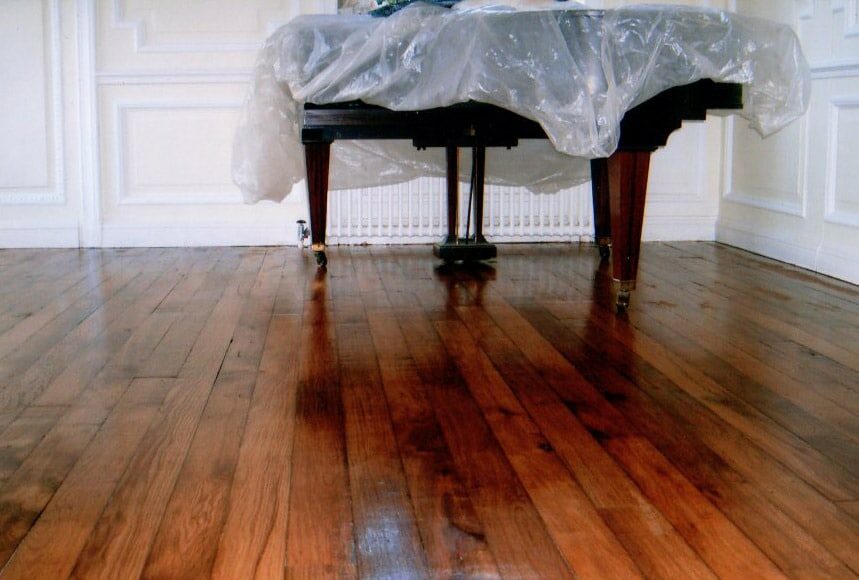
Step 2: Start with the drum sander.
Install the coarse-grit sandpaper on the drum sander. Start at one end of the room and sand with the grain, moving smoothly and steadily across the room. Remember, drum sanders are potent; therefore, never let them rest in one spot for too long, as they can quickly gouge the wood.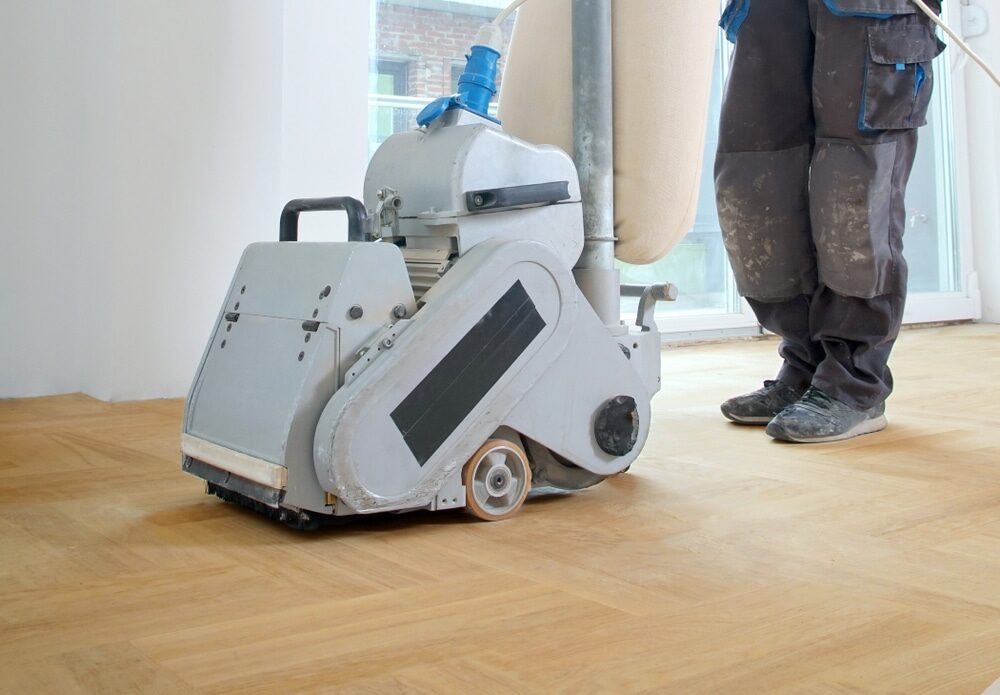
Step 3: Edge Sanding
Once you’ve finished with the drum sander, use the edge sander with the same coarse-grit paper to sand the areas the drum sander couldn’t reach.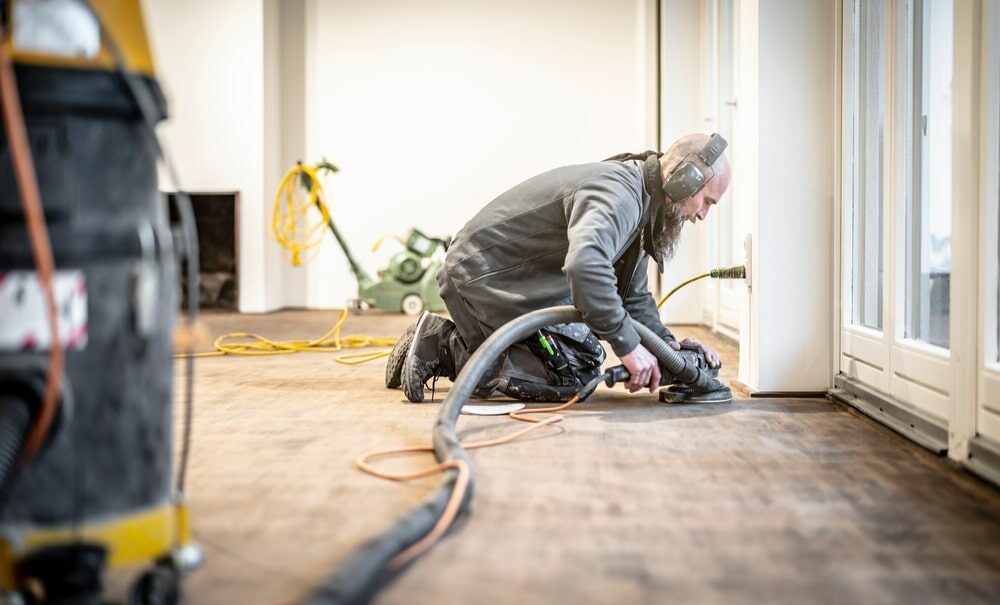
Step 4: Repeat with medium and fine grits.
Repeat steps 2 and 3 with the medium and then the fine-grit sandpaper. Each pass will further smooth the floor and remove scratches left from the previous grit.Step 5: Hand sanding
Use a hand sander or sanding block with fine-grit paper to sand corners, around door frames, or any other areas that the edge sander couldn’t reach.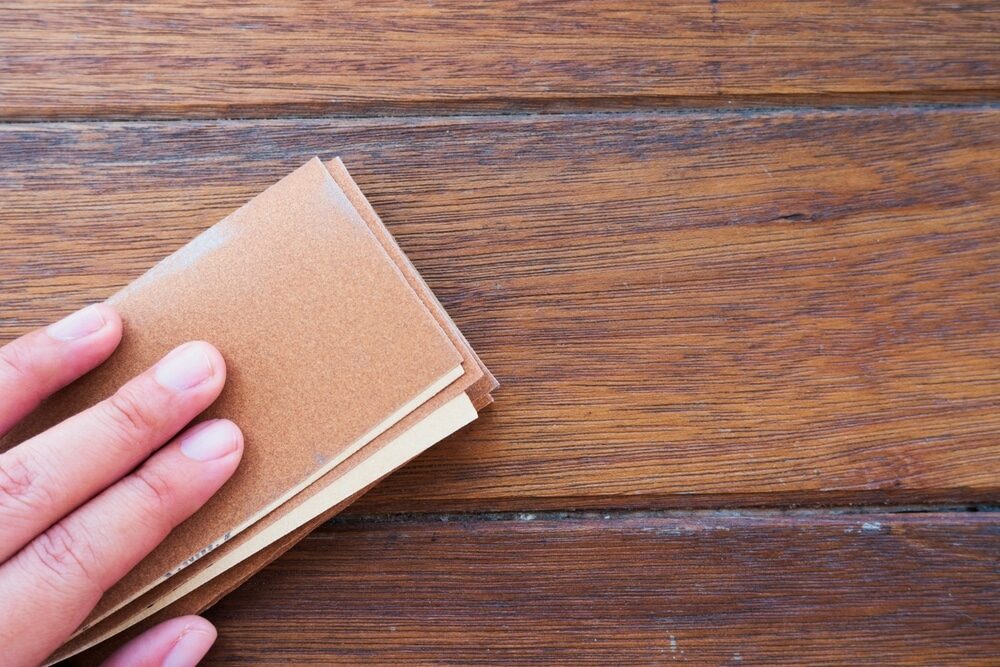
Step 6: Clean up
Proper cleanup is crucial. Vacuum the floor and wipe it down with a damp cloth to ensure all dust and particles are removed. This step is especially important before moving on to staining and finishing the floor.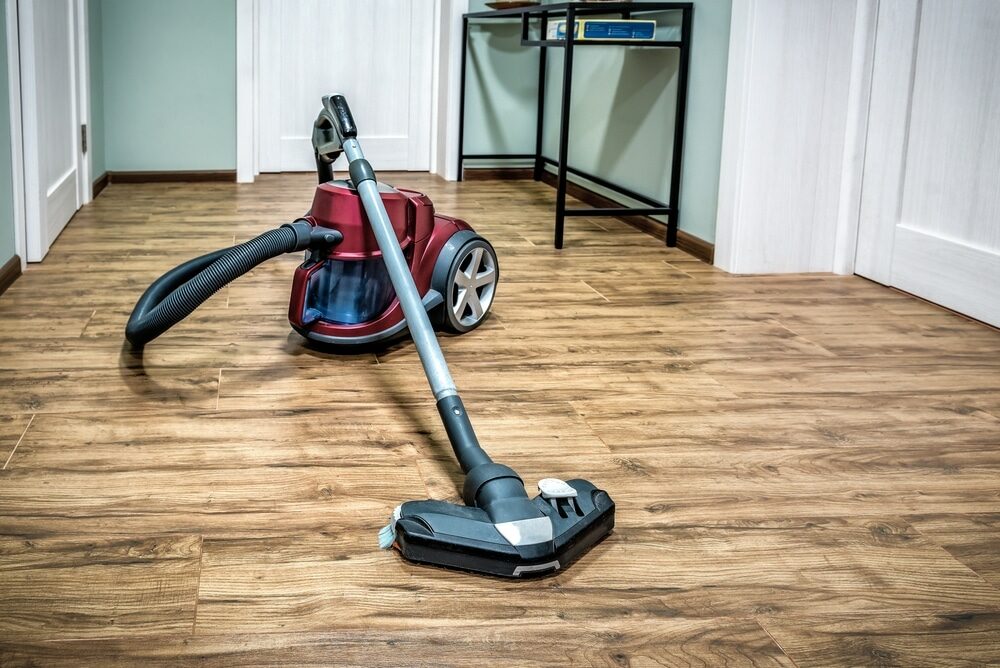
After Sanding: Staining and Finishing
Sanding is just one part of the process of restoring hardwood floors. Once you’ve finished sanding, the next step is to stain and finish the floor. Staining allows you to add colour to the floor, while finishing protects the wood and enhances its natural beauty.
Final Thoughts
Sanding hardwood floors can be a challenging yet rewarding task. It’s an essential process in hardwood floor restoration that can breathe new life into your floors, making them look as good as new. Always remember to protect yourself and prepare your workspace adequately. Finally, take your time. Rushing can lead to mistakes that could mar the final result. With patience and effort, you’ll be rewarded with beautifully restored hardwood floors that will last for many more years.Some Useful Links:
- Floor Sanding Services
- School Floor Sanding
- Wood Floor Restorations
- Wood Floor Repairs
- Wood Floor Polishing
More from our Blog:
Essential Guide to Wood Floor Sanding – Basics and Tools You Need How to Use a Drum Sander – Hints and Tips Sanding Wooden Floors – A Comprehensive DIY Guide for Beginners Unveiling the Secrets of Successful Floor Sanding Avoid Common Mistakes When Sanding Hardwood Floors
Sanding
We provide virtually dust-free sanding with our continuous belt machinery with mobile extraction units, giving you a safer environment for your family.
Oiling
This organic finish not only adds beauty to your home but also has exceptional water-repellent characteristics, making it easier to clean and maintain.
Waxing
This natural floor finish offers the softest and most mellow appearance – and leaves your floor able to breath.
Buffing
Using soft buffing machines (and hand-polishing where required) will bring a wonderful sheen to your newly-finished floor.
Repairs
We offer a full assessment of your wooden floors to determine what repairs are needed to provide the perfect working surface for the later stages of sanding, staining and sealing.
Restoration
We offer a comprehensive restoration process designed to address floors that are improperly fitted or damaged over time through wear and tear.
Request a fixed price quote for your wood floor restoration now
Simply enter your postcode below to get started.
Services
Wood Floor Sanding Wood Floor Restoration Wood Floor Scratch Repair Squeaky Wood Floor Repair Parquet Floor Sanding Parquet Floor Restoration Commercial Floor Sanding Church Floor Sanding Community Centre Floor Sanding School Floor Sanding Gap Filling Gap Filling with ResinCopyright © Mr Sander®
Privacy & Cookies Terms & Conditions Complaints Procedure Cancellation Rights Sitemap
